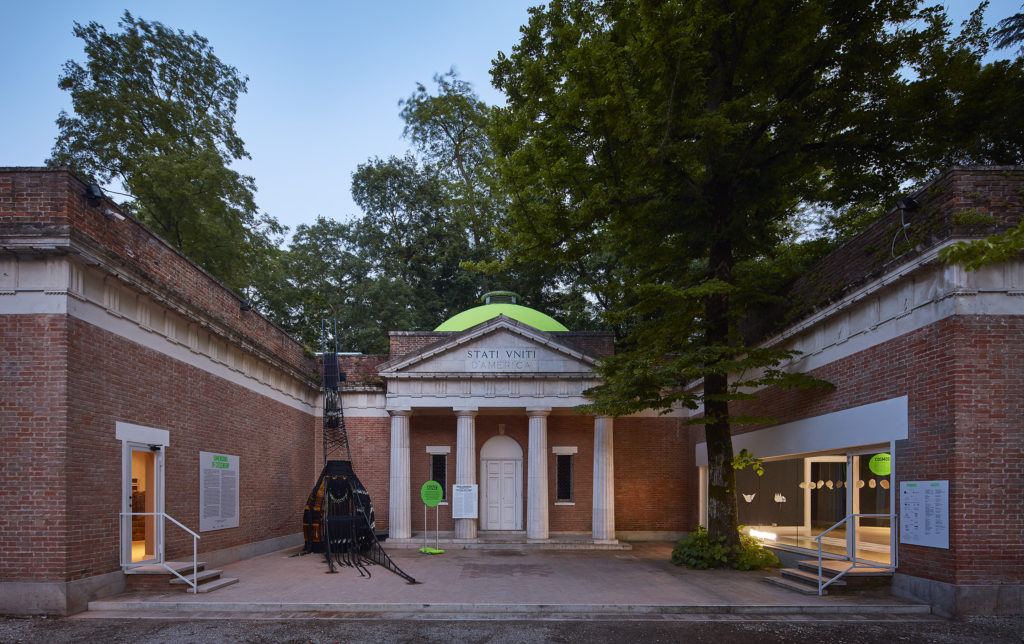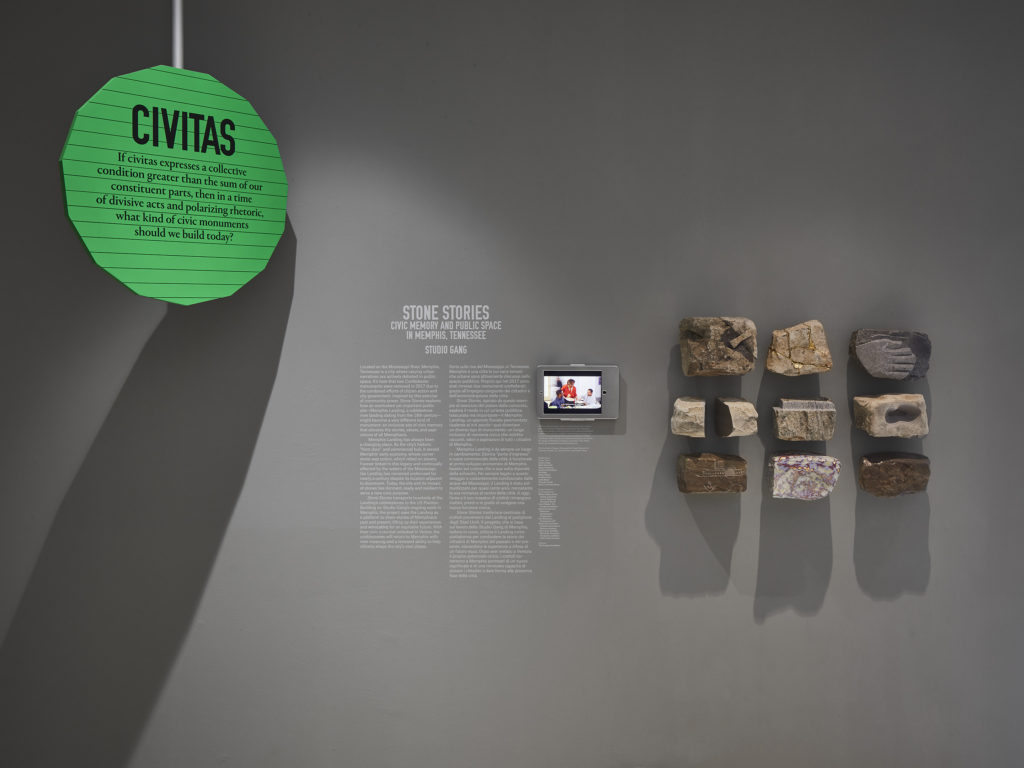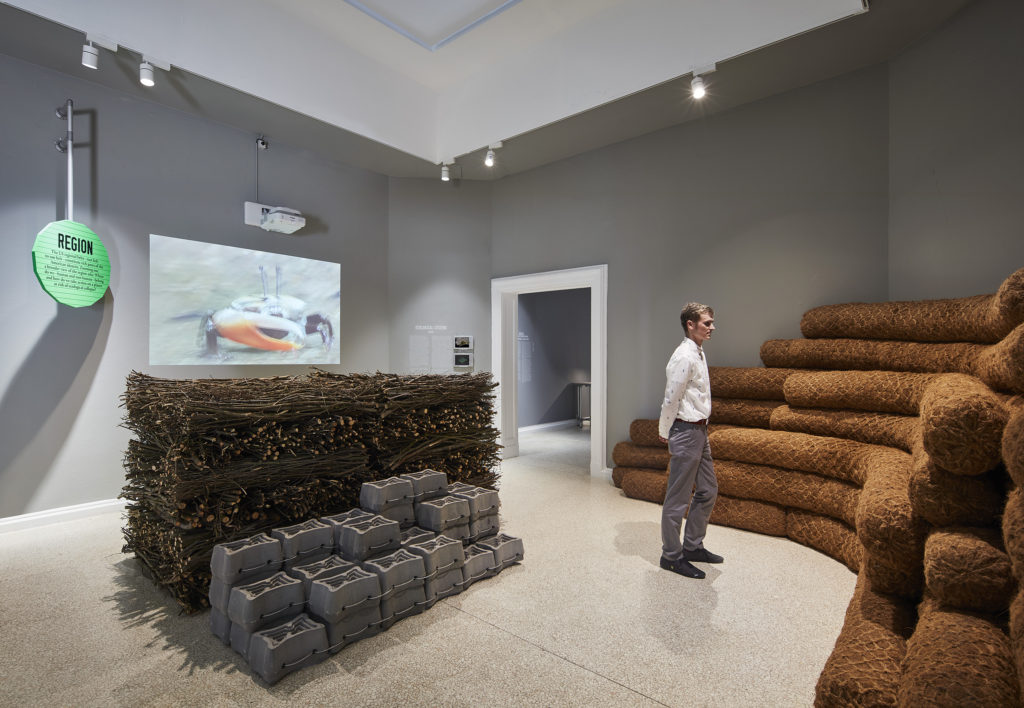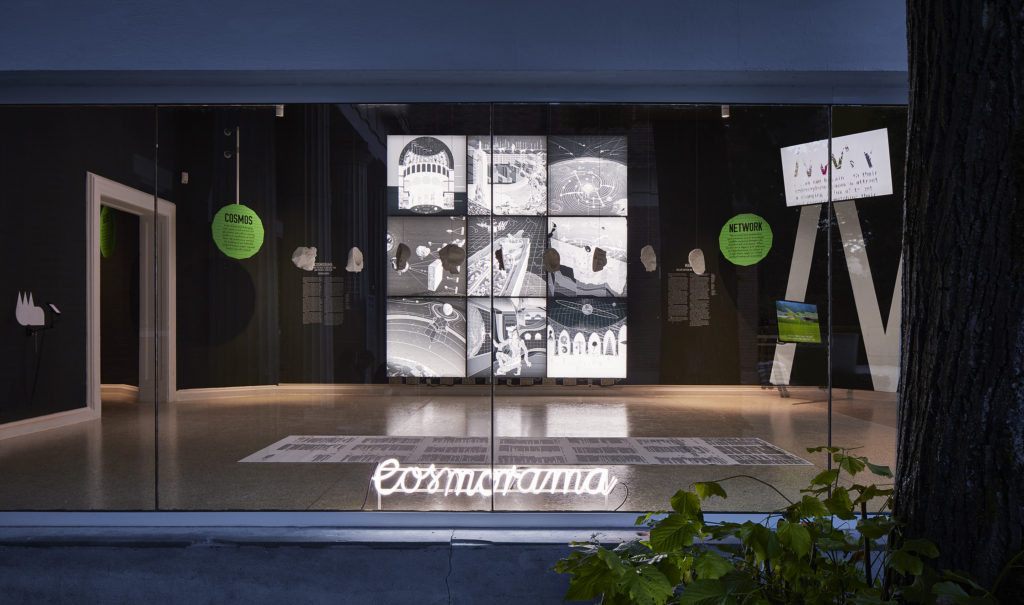Bastions of culture and keepers of knowledge can often be imperious, even aloof. But the regime change in the U.S. has galvanized them to pursue quick action.
In June 2015, at the start of an almost halcyon summer compared with our last, President Barack Obama described the slow pace of democratic change to comedian Marc Maron. “Sometimes the task of the government is to make incremental improvements or try to steer the ocean liner two degrees north or south so that ten years from now, we’re in a very different place than we were,” he said, suggesting that a 50-degree turn was unmanageable. Fast-forward through a vicious election season, an unnerving inauguration, and a hot rash of executive orders, and it feels like not only has the ocean liner turned 50 degrees, it’s capsized.
While individuals can take to the streets, the phone, or social networks to voice their political views on a furious host of contemporary issues, cultural institutions are like ocean liners, stately and slow to turn. (Some are careful not to upset their donors or nonprofit status by taking a stance.) Increasingly, though, museums, journals, and universities—as agents of curators, editors, and faculty—have quickened their pace. Rather than pledging allegiance to the new administration (ahem, AIA), these organizations are making super-relevant programming that sheds light on the complexity of worldwide political, social, and economic issues.
Columbia University’s Graduate School of Architecture, Planning and Preservation (GSAPP) produced perhaps the most rapid response with a conversation series, “The First 100 Days,” which kicked off on January 20 with a live stream of the presidential inauguration. Day 27: architecture and grassroots organizing. Day 64: reflections on the Department of Housing and Urban Development.
Read More …


















